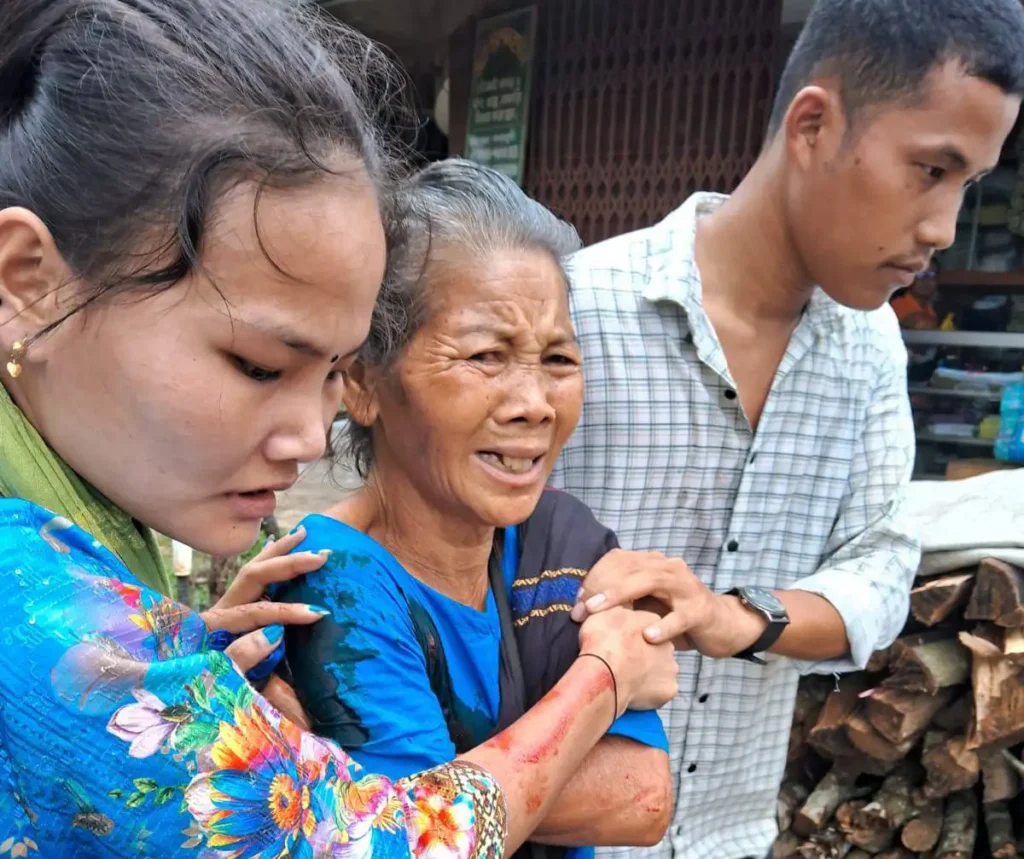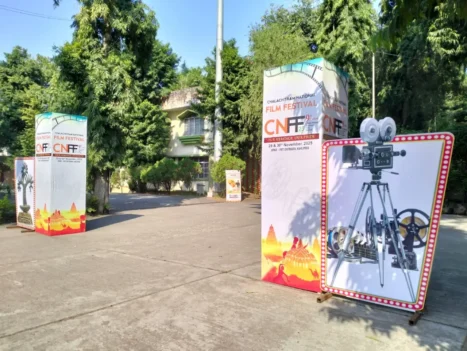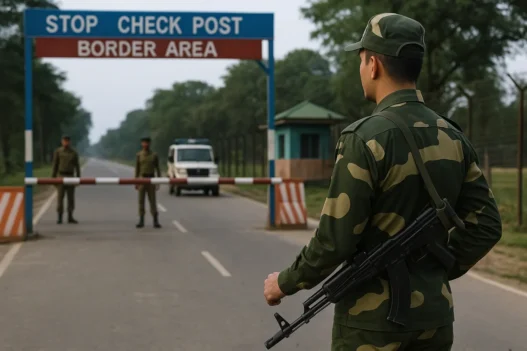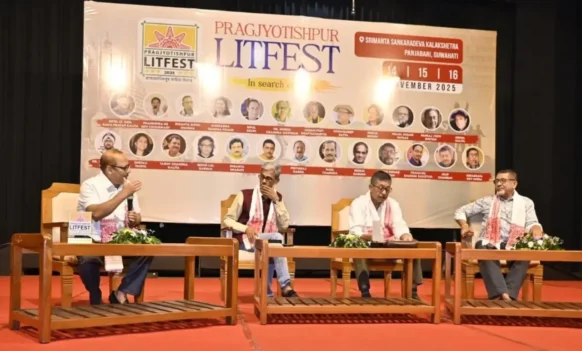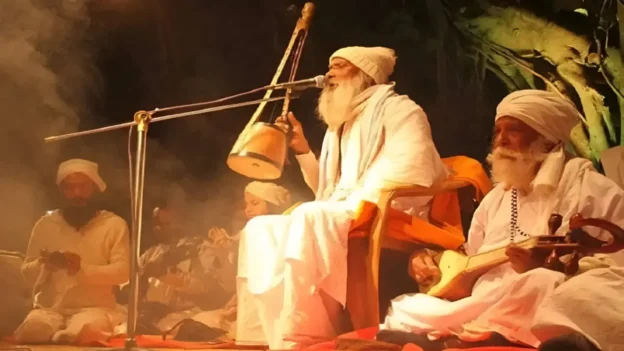Khagrachari/New Delhi, August 5: The morning air in Khagrachari was thick with hope and defiance as hundreds of indigenous men and women, draped in the colours of the Chittagong Hill Tracts, gathered to mark the 5th July Anniversary—a day that has come to symbolise both the unbroken spirit and the unhealed wounds of the region. They assembled not with weapons or anger, but with banners demanding autonomy and justice, pleading for an end to decades of broken promises and silence.
Yet, what was meant to be a peaceful protest, a democratic call for dignity and rights, was shattered by the sudden crack of gunfire. As the crowd scattered in panic, bullets found their mark: 53-year-old Purnamukhi Chakma was struck, her only crime being her courage to stand up for her people. Another man fell with bullet wounds, while others fled for their lives, hearts pounding with fear and betrayal.
According to the Global Association for Indigenous Peoples of the CHT (GAIPCHT), the shots were fired not by faceless enemies, but by government-supported armed groups, operating under the shadow of the Bangladesh Army. “This is the reality of the Chittagong Hill Tracts today. There is no real change—Dr. Mohammad Yunus’s government continues the old ways, denying even the basic freedom to protest,” said Sanchay Chakma, spokesperson of the GAIPCHT, his voice trembling with both anger and grief.
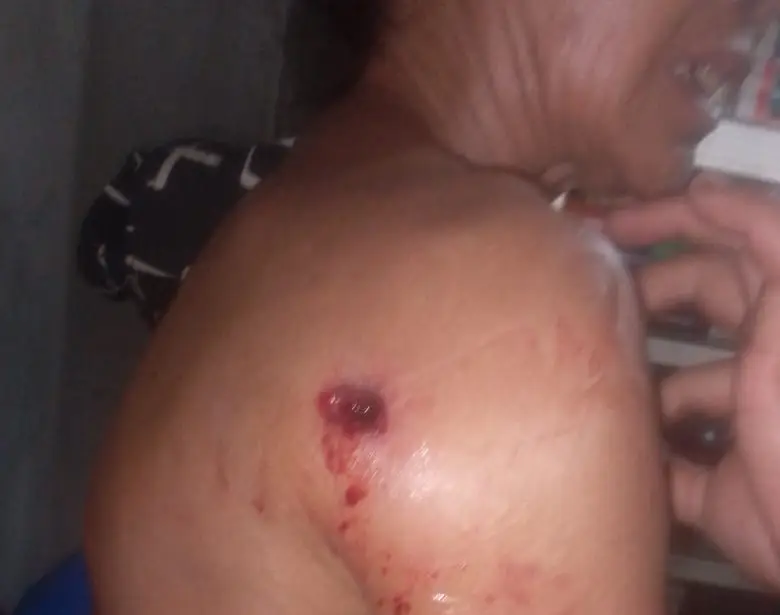
For those who watch the CHT closely, including journalists from The Borderlens, the violence is part of a grim pattern. Despite peace accords and repeated calls for dialogue, the indigenous peoples of the hills live in a climate of militarisation, displacement, and daily indignities. Villages are caught between the crosshairs of state forces, armed groups, and bureaucratic neglect. Young activists disappear, women bear the brunt of violence, and families are uprooted as land is handed over to outsiders.
On August 5, the cries in Khagrachari echoed the same message that has been ringing across the hills for years: autonomy, peace, and recognition of their humanity. Instead, they were answered with bullets. “We want a permanent, just solution to the CHT problem,” said one protestor, his voice drowned by the sounds of chaos and fear.
But in the face of violence, their determination only hardens. The wounded and the grieving return to their villages with fresh scars and older memories. For the indigenous peoples of the Chittagong Hill Tracts, the struggle continues—not just for land or autonomy, but for the simple right to exist with dignity in their own homeland.

